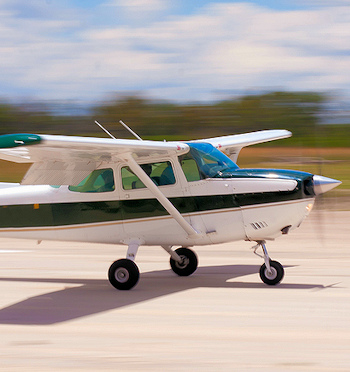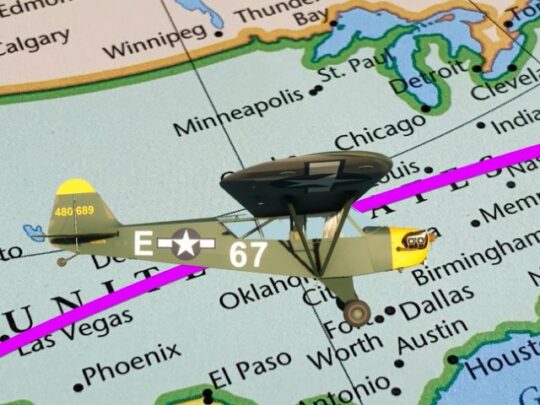Subscriber question:
"Like many pilots, I struggle to make consistently good landings. Some are good, some are bad...and I'm not always sure why. Keeping it simple, what are the keys to consistency when landing?" - Alan R.
Tom:
 “Consistently making good landings is a result of flying the proper airspeed along the proper glidepath.
“Consistently making good landings is a result of flying the proper airspeed along the proper glidepath.
Let’s briefly look at each:
The proper airspeed is that computed for the conditions, including airplane weight, the amount of flap you’re using, and any airspeed adjustment for wind gusts. You’ll find recommended airspeeds in the Pilots Operating Handbook. In most complex airplanes the book will provide different speeds for varying landing weights. It may also provide speeds for partial-flap landings, but if it does not you’ll have to adjust the book speed for your variation from normal. Although most POHs don’t discuss it, the accepted practice is to add one-half the gust factor to book final approach speed. That’s not as much as it sounds—if the reported surface wind is 14 gusting to 22 knots, that’s only an eight-knot gust factor or four knots added to your final approach speed. Windy or not, it’s my experience that most pilots fly way too fast on final approach, which leads to landing long, ballooning upward at the beginning of the flare, or bouncing the landing. Fly the right speed and you’ll make much better landings.
Flying a consistent glidepath means you’ll be able to judge your approach and flare more easily. Follow visual glidepath indicators when they’re available. Pick a touchdown spot; on final approach, if that spot remains fixed in your windscreen you’re aimed right for it. If it appears to be descending toward your glareshield (instrument panel), you’re high on glidepath and overshooting. If the spot looks like it’s climbing toward the top of your windshield you’re low and undershooting. This goes for the centerline as well—keep your landing spot in the center to help with crosswind control and drift at touchdown.
Avoiding common landing errors means having targets for airspeed and glidepath on final approach.”
Does your aircraft's POH recommend different final approach speeds, or a range of speeds, based on your landing weight?

